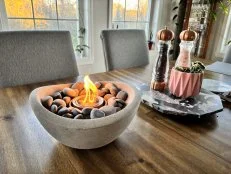Different Types of Compost Bins
Learn about the many options for wood or plastic compost bins that are easy to assemble and use in your garden.
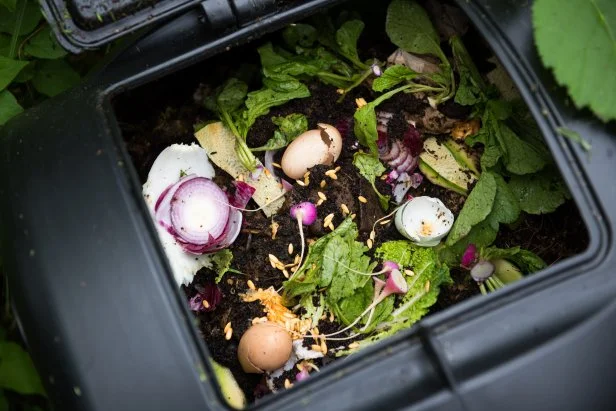
Shutterstock/Anna Hoychuk
Depending on your aesthetic preferences or composting needs, traditional wood or wire compost bins are relatively simple to build. If you’re more comfortable with simply assembling a bin rather than constructing from plans, there are many compost bin kits available to buy from garden centers, plant nurseries, big-box stores and online. Some online retailers will even mail a completely assembled compost bin.
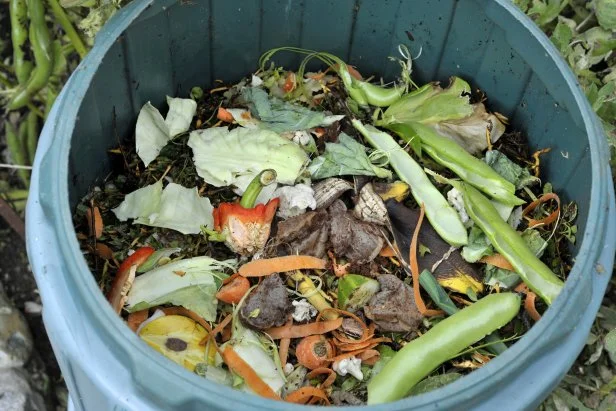
Shutterstock/Graham Corney
Active or Passive?
Nearly all composting methods need the same four ingredients: air, water, green materials that are high in nitrogen (like kitchen scraps, green garden waste and manures), and brown materials that are high in carbon (such as autumn leaves, wood chips and sawdust). Different methods take these same four ingredients to create finished compost. While some systems may be able to do active or passive composting, others may be designed for one method or the other.
Active composting methods require “turning” or mixing the ingredients with a pitchfork or special aerating tool. If the conditions are right, active composting will increase the temperature of the bin to above 135 degrees Fahrenheit, which is too hot for many garden pests and plant diseases to survive. If the specs for a compost barrel say something like “easy to turn,” that means that it is designed for active composting, and you should mix the contents about once a week.
Many compost barrels use passive composting, where fresh ingredients are added to the top of the bin and finished compost is harvested from a hatch at the bottom of the barrel. Turning isn’t necessary if these systems have sufficient ventilation from the sides of the compost bin. Some larger barrels may have an aeration tube running through the center.
Although passive systems are convenient in that they don’t require turning, harvesting from the base of the barrel can be inconvenient. You may need to scoop the contents out to the side of the barrel, then shovel it into a wheelbarrow to cart where needed. Contents of the bin for active systems finish roughly all at the same time and can be scooped from the lid directly into a wheelbarrow.
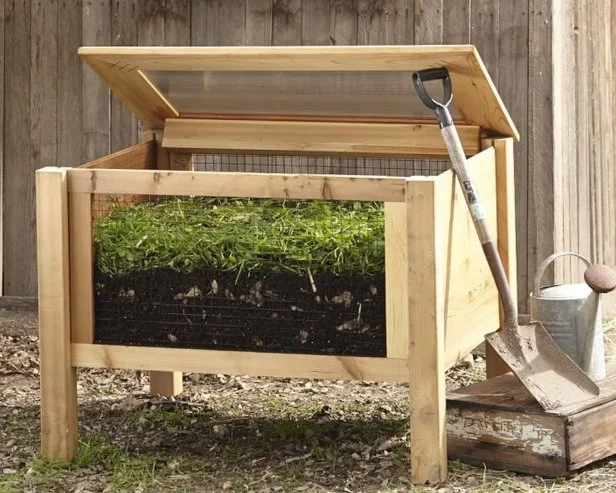
Williams-Sonoma.com
Stationary Bins
If you plan to order a kit online, keep in mind that heavy wood products may be more expensive to ship than lightweight vinyl or recycled plastic. Depending on the product, plastic composting bins may be easier to assemble than wood bins. For instance, to assemble some plastic bins, you simply stack interlocking solid plastic tiers, then place the lid on top.
Companies may offer a selection of colors for plastic stationary bins. If you choose a plastic bin, look for composters that are UV resistant for long-term protection against warping or cracking. If you choose to order a wooden compost bin kit, look for products that are decay-resistant, such as cedar or cypress, or that have a protective coating.

Image courtesy of Good Ideas
Capacity
Compost barrels come in a wide variety of sizes. Check the product specifications for the cubic feet or gallons that the bin can hold. Unlike compost tumblers, barrels will still effectively work as designed if completely filled. If your household generates enough green waste to justify a 20-gallon or larger barrel, look for systems that have a ventilation tube for faster, more uniform decomposition.
Be sure to choose a bin that is large enough to hold your landscape and kitchen waste, and has enough space to maneuver a pitchfork or aerator to turn the compost. Some prefab kits have the option to purchase bins with more than one compartment. Having more than one compartment is a handy way to separate compost by levels of decomposition. When one compartment is full, start adding to the second one while the first compartment finishes composting.
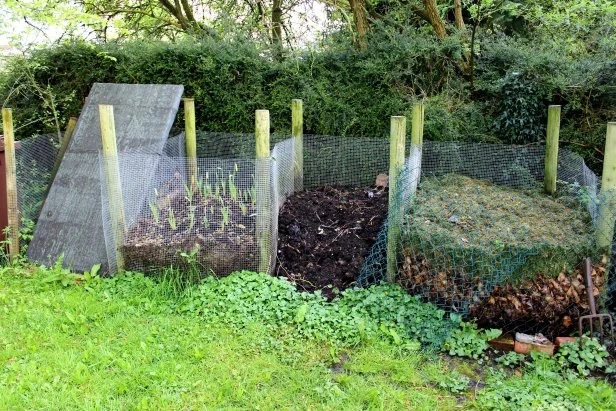
© iStockphoto/mtreasure
Moveable Pens
Compost pens are typically less expensive and may be easier to assemble than compost bin kits. Pens are fantastic for composting over unplanted garden beds, and they can be easily carried to another location after the compost is finished. If you prefer a wire pen, look for a product that is coated to prevent rusting. Some plastic pens are very inexpensive, easy to assemble and are adjustable.
Keep in mind that although lightweight pens are convenient to move around the garden between harvests, this feature also makes them easier to be blown over in heavy winds or knocked over by pets. A few wooden or rebar stakes can be driven into the ground and attached to the pen to hold it in place.










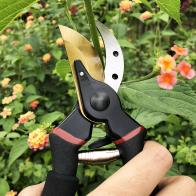































.jpg.rend.hgtvcom.196.196.suffix/1738870169237.jpeg)



























.jpg.rend.hgtvcom.231.174.85.suffix/1738870169237.webp)









